China’s shopping scene is a thrilling mix of ancient markets, futuristic malls, and cutting-edge e-commerce, offering something for every traveler. From luxury brands to quirky local treasures, here’s your comprehensive guide to navigating retail adventures in China.
1. Why China is a Shopper’s Paradise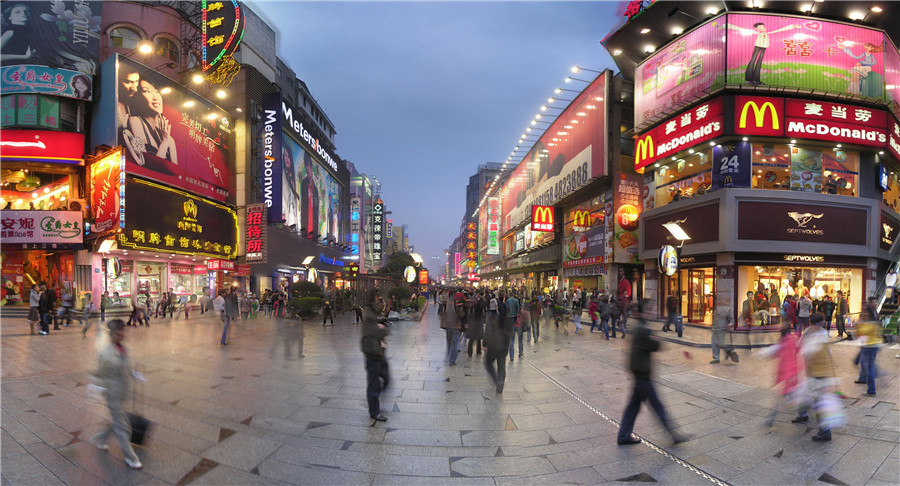
China’s retail landscape blends tradition and innovation. With expanded visa-free access (now covering 38 countries) and streamlined instant tax refunds (up to 11% on purchases between ¥500–¥50,000), shopping here has never been easier for foreigners. The country’s reputation for affordable quality and unique products—from high-tech gadgets to artisanal crafts—makes it a global shopping hotspot.
2. Best Souvenirs to Bring Back From China
China’s rich cultural heritage and modern creativity make it a treasure trove of unique souvenirs. Whether you’re drawn to ancient traditions or contemporary designs, here’s a curated list of the best items to take home, blending practicality, symbolism, and artistry.
(1) Chinese Tea & Tea Sets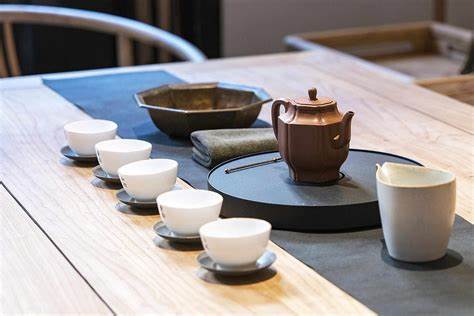
Why buy: China is the birthplace of tea culture, with varieties like Longjing (Dragon Well), Pu’er, and Tieguanyin offering distinct flavors and health benefits. Tea sets, especially Yixing clay teapots or celadon porcelain cups, elevate the experience with their craftsmanship.
Where to buy: Tea markets in Hangzhou, Fujian, or Beijing’s Maliandao Tea Street.
(2) Silk Products
Why buy: Silk symbolizes China’s ancient trade legacy. Opt for hand-embroidered scarves, cheongsams (qipao), or silk bedding for their luxurious texture and intricate patterns.
Top picks: Suzhou’s silk embroidery or Hangzhou’s National Silk Museum.
(3) Porcelain & Ceramics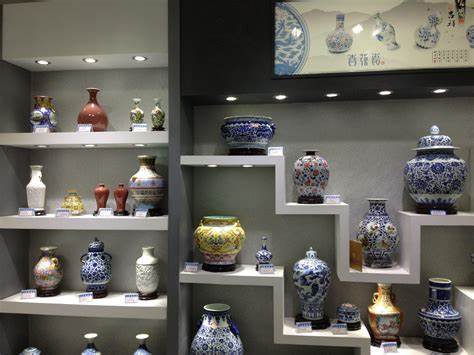
Why buy: From Ming-era blue-and-white vases to modern minimalist designs, Chinese porcelain is both decorative and functional. Jingdezhen, the “Porcelain Capital,” offers workshops where you can craft your own piece.
Budget tip: Small trinket boxes or tea sets are affordable yet elegant.
(4) Panda-Themed Souvenirs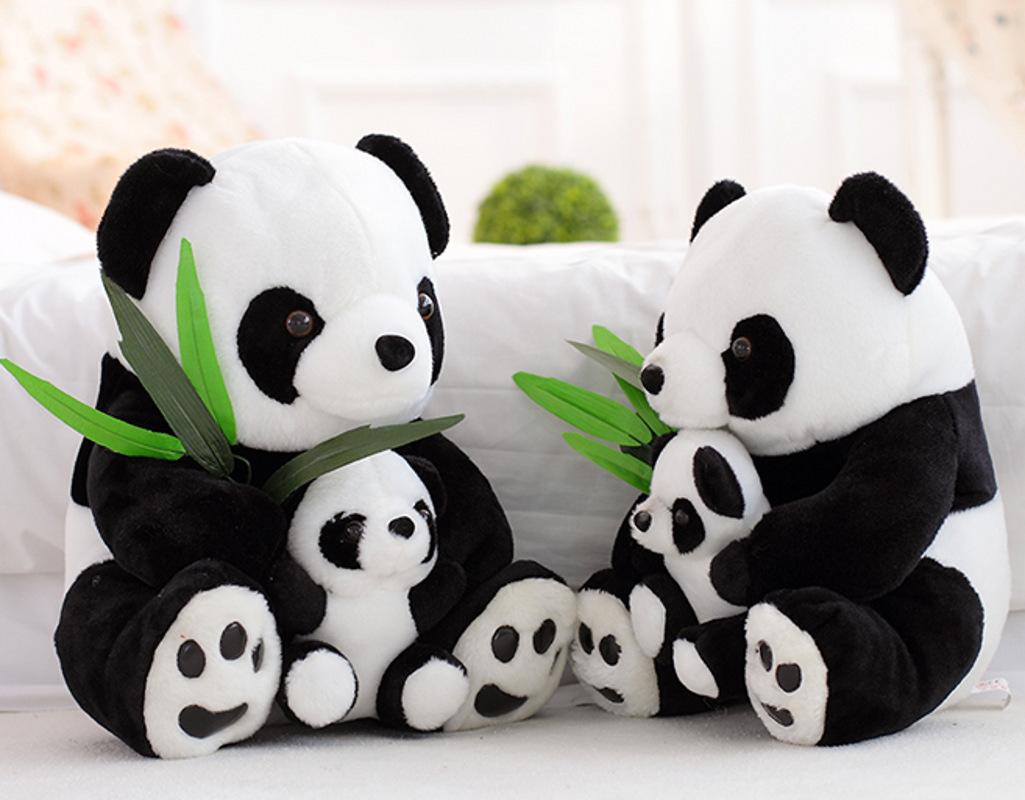
Why buy: China’s beloved giant pandas inspire countless cultural-creative products. Look for panda-shaped fridge magnets, embroidered pins, or Sichuan-style bamboo panda carvings.
Unique finds: Shu embroidery panda scrolls from Chengdu or double-sided silk fans.
(5) Traditional Chinese Jewelry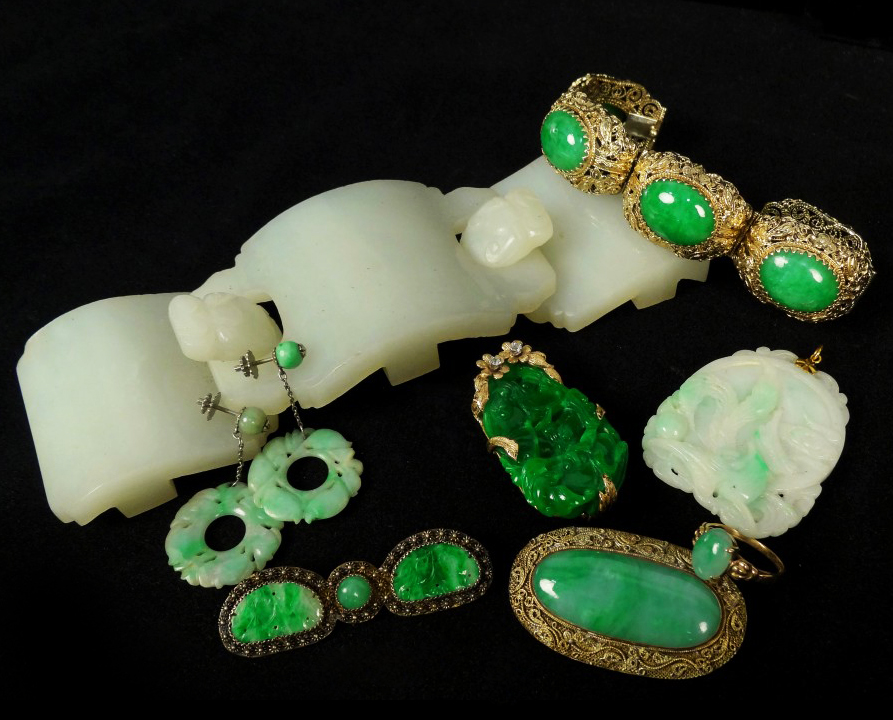
Why buy: Jade symbolizes virtue and longevity in Chinese culture. Choose jade pendants, pearl earrings, or cloisonné (Jingtailan) enamel bracelets for their timeless appeal.
Warning: Verify authenticity—real jade should feel cool and have no air bubbles.
(6) Calligraphy & Painting Supplies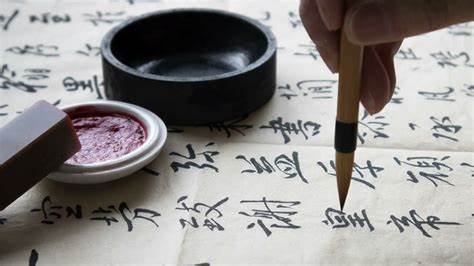
Why buy: Xuan paper scrolls, ink stones, or brush sets let you recreate classic Chinese art. Pre-made artworks, like ink-wash landscapes or peony paintings, are ready-to-hang masterpieces.
Pro tip: Customized name seals (印章) with English initials make thoughtful gifts.
(7) Handicrafts: Knots, Lanterns & Kites
Why buy:
Chinese knots: Symbolize good luck and come as keychains or wall hangings.
Paper lanterns: Collapsible designs are easy to pack.
Traditional kites: Bamboo-and-paper creations from Weifang, shaped like dragons or butterflies.
(8) Culinary Delights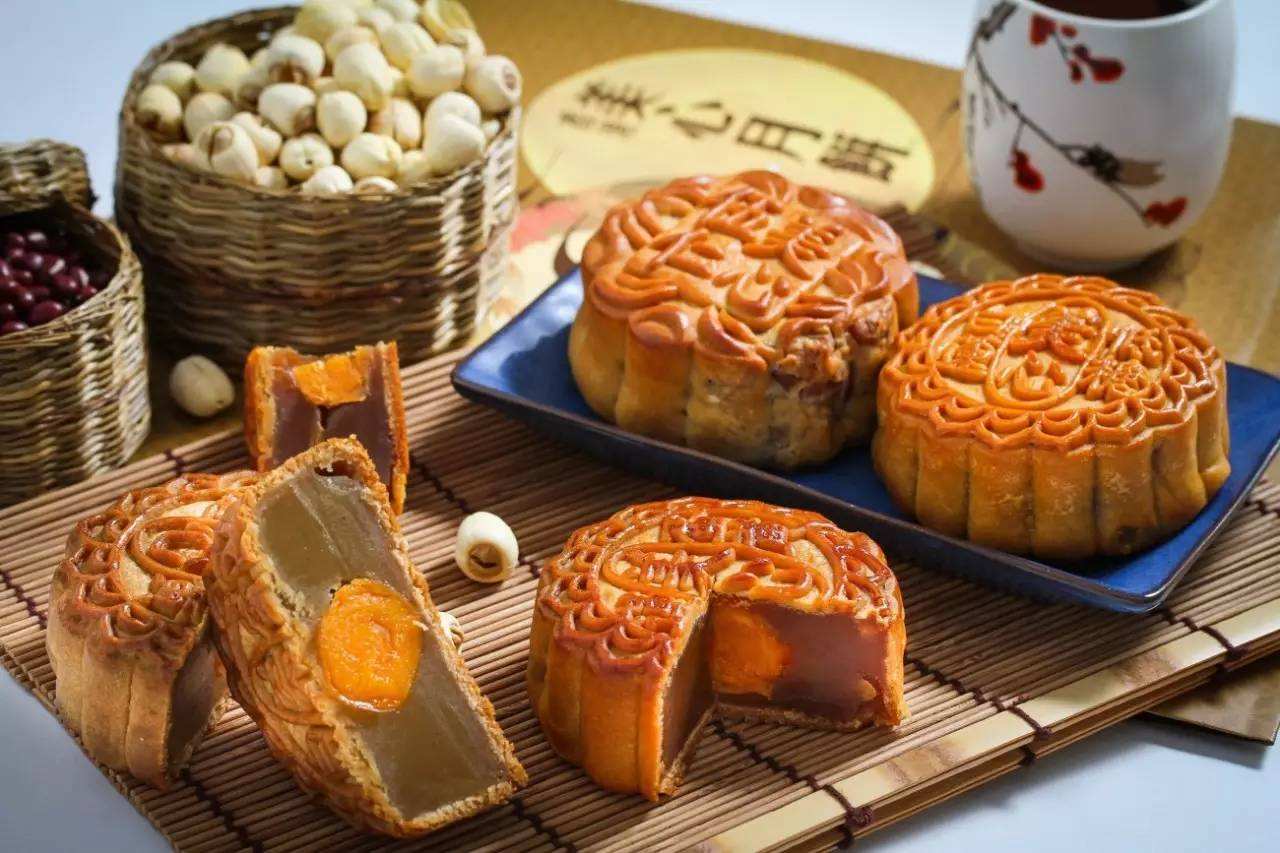
Why buy:
Lao Gan Ma chili crisp: A spicy condiment adored globally.
Mooncakes or preserved fruits for festive flair.
Wuyi Rock Tea or Lapsang Souchong for smoky tea lovers.
(9) Modern Cultural-Creative Products
Why buy: Fusion items like Forbidden City-themed lipsticks or Terracotta Warrior USB drives blend history with innovation. TEAM CHINA merchandise, such as panda-themed sportswear, celebrates modern pride.
3. Where to Shop
Luxury Malls: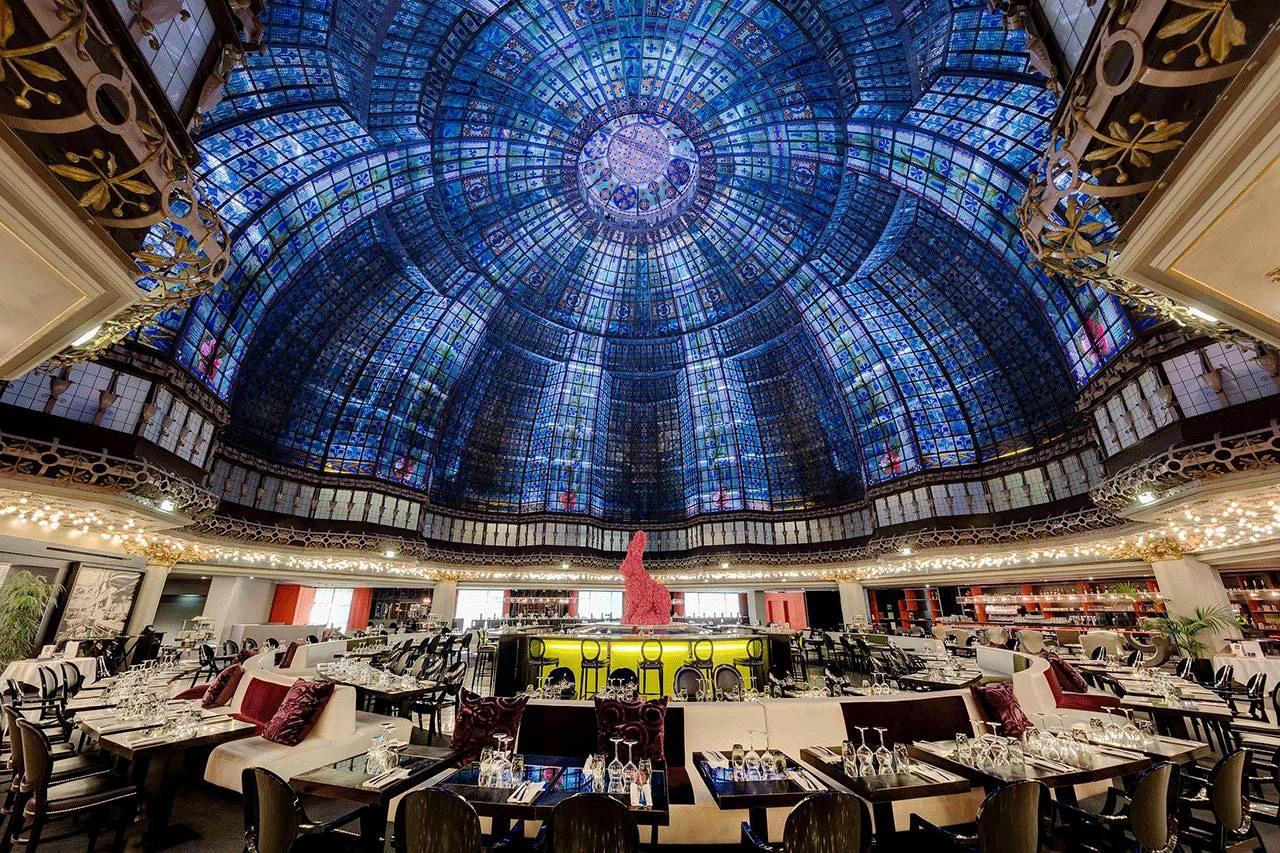
Beijing SKP and Shanghai’s Bund feature global brands like Gucci alongside Chinese designers. Enjoy instant tax refunds at dedicated counters.
Zara’s Nanjing Flagship: Experience tech-integrated shopping with video studios and a café—concepts trialed in China first.
Traditional Markets:
Panjiayuan (Beijing): Hunt for antiques, jade, and calligraphy supplies. Bargain hard!
Yuyuan Bazaar (Shanghai): Snack on dumplings while browsing silk and tea sets.
China’s retail landscape is dotted with expansive, specialized malls where entire floors or buildings focus on a single category of goods—think sprawling complexes dedicated entirely to electronics, tea, fashion, or souvenirs. These hubs allow shoppers to compare countless variations of a product under one roof, often uncovering rare finds or snagging coveted items at competitive prices. Haggling, as mentioned earlier, remains a useful skill here, as vendors frequently set prices with negotiation in mind.
Among these, replica markets stand out as intriguing destinations. These bustling bazaars offer imitation versions of luxury brands and trendy accessories, sometimes crafted with surprising attention to detail. While ethically debatable, these markets attract budget-conscious shoppers seeking stylish apparel or gadgets at a fraction of the cost of authentic items. For instance, you might stumble upon near-identical copies of designer handbags or the latest tech gadgets, blending affordability with current trends.
Whether hunting for niche products in themed malls or exploring the vibrant replica scene, China’s shopping centers cater to both practical needs and adventurous bargain-hunting.
E-Commerce:
 China's e-commerce landscape is dominated by vast digital marketplaces like JD.com and Taobao, which form the backbone of the country’s online retail ecosystem. These platforms offer an astonishing range of products—from everyday essentials to niche items like miniature DIY cabins—mirroring the diversity seen on global sites like Amazon, though they’re far more entrenched in local consumer habits. While international platforms do operate in China, domestic giants remain the go-to for most shoppers due to their tailored services and cultural relevance.
China's e-commerce landscape is dominated by vast digital marketplaces like JD.com and Taobao, which form the backbone of the country’s online retail ecosystem. These platforms offer an astonishing range of products—from everyday essentials to niche items like miniature DIY cabins—mirroring the diversity seen on global sites like Amazon, though they’re far more entrenched in local consumer habits. While international platforms do operate in China, domestic giants remain the go-to for most shoppers due to their tailored services and cultural relevance.
 These platforms have revolutionized entrepreneurship by empowering small businesses to reach nationwide audiences effortlessly. Countless boutique brands and specialty stores now thrive by combining brick-and-mortar operations with online sales, fueling both innovation and economic growth.
These platforms have revolutionized entrepreneurship by empowering small businesses to reach nationwide audiences effortlessly. Countless boutique brands and specialty stores now thrive by combining brick-and-mortar operations with online sales, fueling both innovation and economic growth.
A standout feature is their logistics prowess: Orders often arrive within 24 hours, thanks to ultra-efficient delivery networks. This blend of endless variety, business inclusivity, and lightning-fast fulfillment has solidified China’s position as a global leader in redefining modern retail experiences.
4. Payment & Logistics
Mobile Payments:
Alipay and WeChat Pay dominate. Link your international card for seamless QR-code scans.
Cash is accepted but less common in cities.
Tax Refunds:
Claim instant refunds at malls like SKP or airport kiosks. Ensure receipts show “Tax-Free” labels.
Shipping:
Many stores offer direct overseas delivery. During Singles’ Day(11.11), China Post handled 4 billion parcels.
5. Pro Tips for Foreign Shoppers
(1) Bargain
Hone your negotiation skills by attempting to lower inflated prices on goods—but first, identify where haggling is culturally appropriate. Street markets, independent stalls, or venues selling pre-owned items and imitation products are ideal spots to start. Vendors there often intentionally set steep initial prices, expecting buyers to negotiate. If a seller refuses to budge, walking away might lead them to reconsider or prompt you to seek better deals elsewhere.
Mastering haggling can feel daunting, particularly in regions where fixed pricing is the norm. A telltale sign a vendor is open to bargaining? They’ll likely pull out a calculator to negotiate numbers. Their opening quote is typically exaggerated, so aim to propose a counteroffer—around 30-50% of their initial figure, depending on the item’s perceived value.
Build confidence by practicing on low-cost trinkets or souvenirs. Even if negotiations fail, the financial risk is minimal. Once you’ve refined your approach, apply these tactics to pricier purchases you genuinely desire. Over time, you’ll sharpen both your persuasion tactics and your ability to gauge fair pricing.
(2) Different Prices for Name-Brand Goods
When shopping for global brands in China, you’ll notice striking price variations. Many internationally recognized labels, such as Nike or Adidas, are significantly more affordable domestically due to local manufacturing that cuts production and distribution expenses. Since these items are made in Chinese factories supplying global markets, their prices avoid the markup added overseas for shipping and retail margins.
However, luxury goods from foreign brands—like Italian designer bags (e.g., Gucci, Prada)—often carry heftier price tags in China compared to their home markets, largely due to import taxes and brand positioning. Meanwhile, Chinese brands such as Li Ning, Anta, or Bosideng offer stylish, high-quality alternatives to global sportswear or outerwear giants, often at competitive prices.
Exploring China’s sprawling retail complexes can be a treasure hunt: discover cost-effective international products alongside innovative local brands. Whether you’re hunting for bargains on globally familiar items or eager to support homegrown craftsmanship, the country’s retail landscape blends affordability with diverse options. Just remember to research pricing trends for specific brands to avoid overpaying for imported luxury goods!
China’s dynamic commercial landscape offers a treasure trove of shopping experiences, blending tradition with modernity. Visitors can immerse themselves in bustling markets, sleek malls, or niche boutiques, where virtually every imaginable item—from everyday essentials to artisanal crafts—awaits discovery. Price negotiation remains a cultural cornerstone in many settings, allowing savvy shoppers to secure deals on everything from silk scarves to electronics.
Beyond practicality, shopping in China doubles as a cultural adventure. Whether haggling in lively street markets, browsing luxury brands in gleaming skyscrapers, or unearthing handmade treasures in artisan villages, each purchase tells a story. This vibrant blend of commerce and culture makes exploring China’s retail scene not just a transaction, but a highlight of any visit.




































